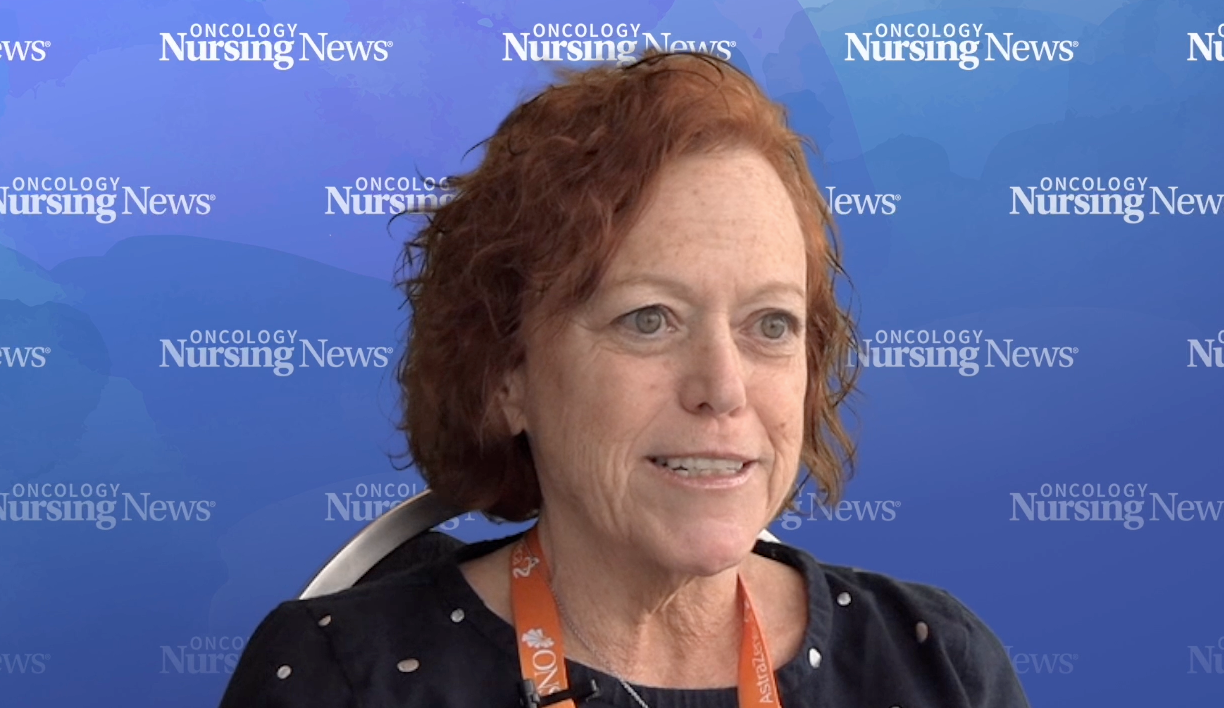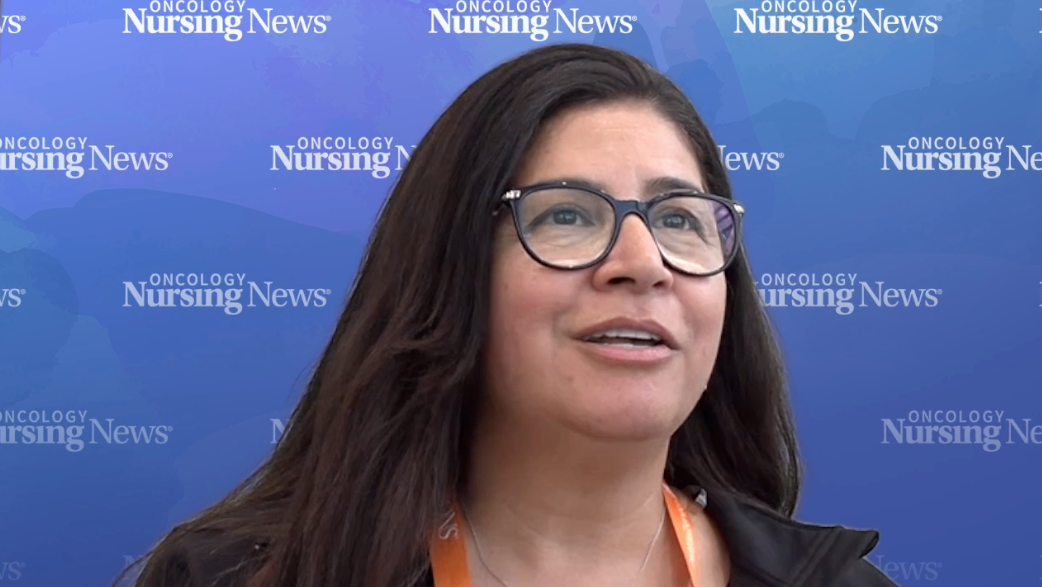Minimally Invasive Distal Pancreatectomy Proves Noninferior to Open Distal Pancreatectomy in Resectable Pancreatic Cancer
Minimally invasive distal pancreatectomy was a safe and effective alternative compared with open distal pancreatectomy in patients with resectable pancreatic cancer.
Mohammad Abu Hilal, MD, PhD

Minimally invasive distal pancreatectomy (MIPD) demonstrated noninferiority to open distal pancreatectomy (OPD) in a pathologist and patient-blinded study. The findings were presented in a press briefing ahead of the 2023 ASCO Annual Meeting.
Noninferior radical resection rate, lymph node yield, and comparable survival data were observed. The R0 resection rate was 73% with MIDP vs 69% with ODP (P = .039), confirming the noninferiority of MIDP. Moreover, the lymph node yield with the 2 approaches was not found to be substantially different, at 22 and 23 nodes, respectively (P = .89). Additionally, the time to functional recovery was “equal between the 2 groups,” senior author Mohammad Abu Hilal, MD, PhD, said, at 5 days in each arm (P = .22).
“It’s clear that the curves for OS and disease free-survival [DFS, in both arms] nearly overlap, nearly are the same,” Hilal reported. “If I remember off the top of my head, we have a median OS of 40 months for [MIDP] and 36 months for [ODP]. The DFS was 44 months and 45 months, [respectively.] It is the same, [almost] exactly, [for] the 2 approaches."
The use of MIDP has been increasing since 1994, Hilal said. Benefits of the procedure are related to time to functional recovery and hospital stay, yet there are concerns regarding the lymph node yield, radicality, and survival outcomes. In a recent hysterectomy trial, results showed inferior outcomes with the minimally invasive surgical approach, underscoring the need to explore this approach in comparison with ODP.
The trial had a noninferiority design with a –7% margin. Patients were randomly assigned 1:1 to MIDP or ODP and it was both pathologist and patient blinded through abdominal dressing.
“This is a very strongly designed study for different aspects,” Hilal explained. “The first is the standardization of the surgical technique [and the] second is the standardization of the pathological exam between all pathologists and all surgeons participating, and moreover, the blinded aspect—especially for the patients, the nurses in the ward, and the pathologist through covering the abdominal cavity or abdominal wall.”
Following surgery, follow-up was done at 2 weeks, and at 1, 3, 6, and 12 months; this was followed by a CT scan at 12 months. Investigators also collected patient feedback on quality of care, according to Hilal.
The primary end point was radical resection (R0, ≥ 1 mm distance between tumor and margin). “We acknowledge that survival would have been the best primary end point, but for this, thousands and thousands of patients [would be] needed,” Hilal noted. “Hence, R0 resection, which has been shown in different studies to be…closely associated with survival, was chosen.”
There were 258 patients enrolled on the study across 35 centers in 12 countries. Of these patients, 131 were assigned to the MIDP arm and 127 were assigned to the ODP arm.
Serious adverse effects occurred in 18% and 22% of patients who received MIDP or ODP, respectively.
“Benefits of the short hospital stay, and functional recovery could not be confirmed in this study,” Hilal noted. “This could be for different reasons: the entity of the disease, but also, it is possible that this is due to differences in the sociosanitary management of patients in different countries which have been involved.”
Reference
Korrel M, Jones L, Hilst JV, et al. Minimally invasive versus open distal pancreatectomy for resectable pancreatic cancer (DIPLOMA): an international randomized trial. J Clin Oncol. 2023;43(suppl 16):4163. doi:10.1200/JCO.2023.41.16_suppl.5500
UGN-102 Produces Comparable Responses Regardless of Surgery in NMIBC Subset
May 8th 2024Patients with newly diagnosed and recurrent low-grade intermediate-risk non-muscle-invasive bladder cancer treated with UGN-102 displayed meaningful and similar responses and disease-free survival regardless of whether they underwent surgery.




